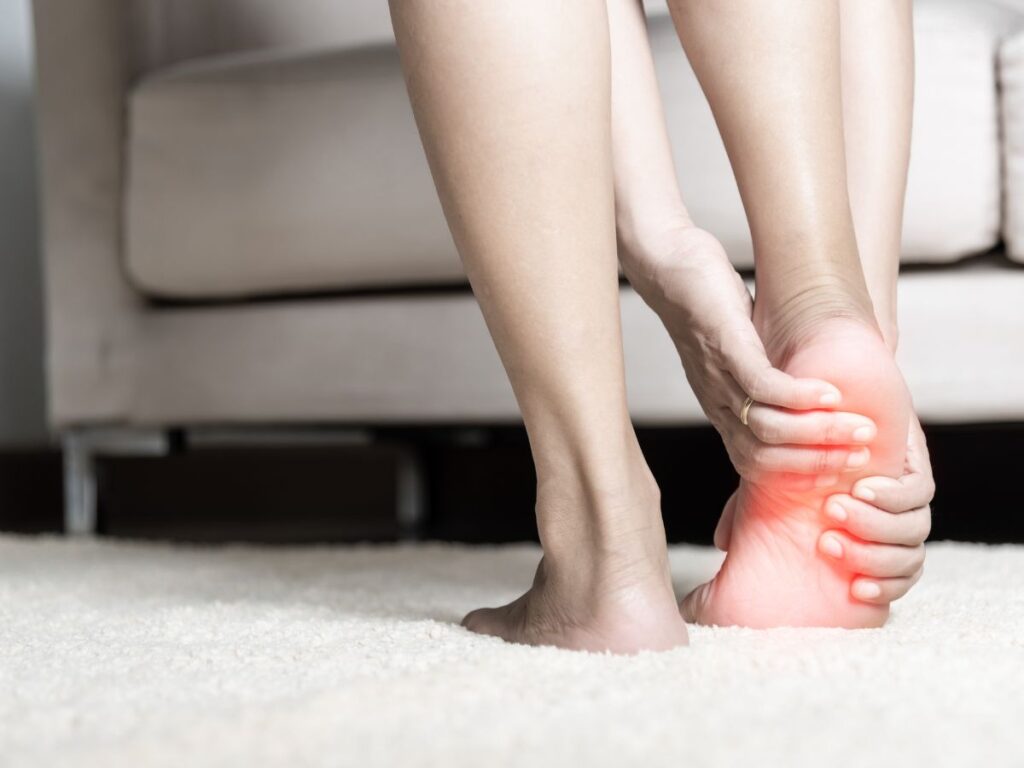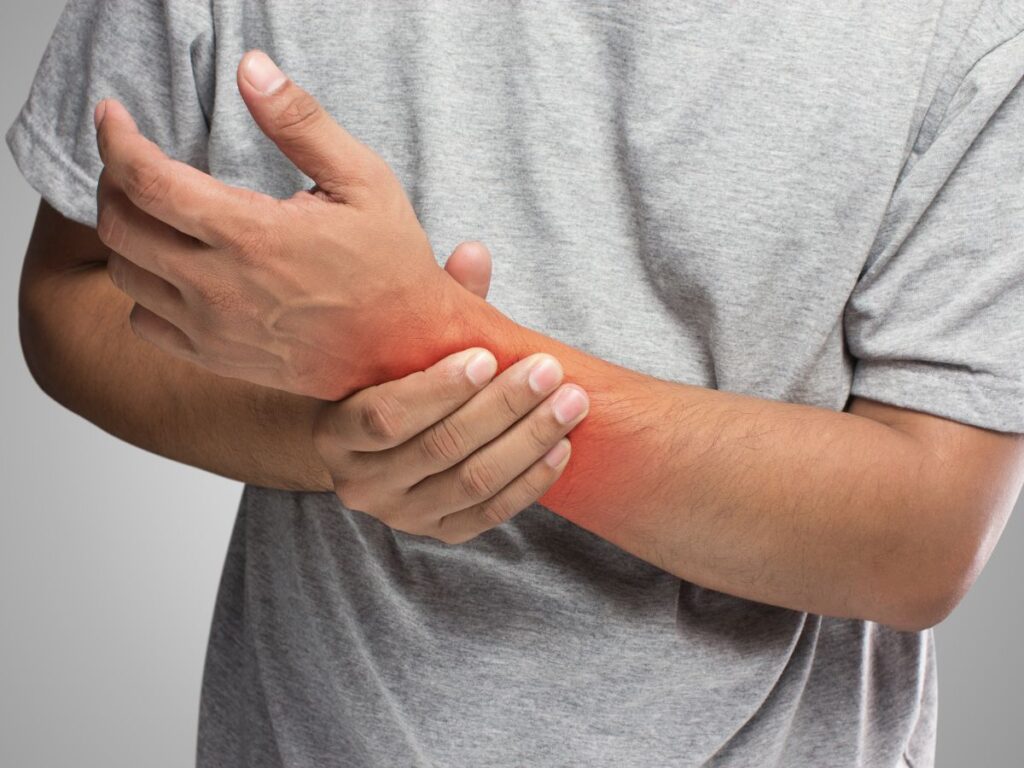Why Wrist and Hand Pain Escalates
Wrist and hand pain can be particularly distressing because these areas are involved in nearly every daily task—typing, texting, cooking, writing, and more. Minor aches may quickly worsen if you continue repetitive motions without addressing the underlying strain. Over time, such neglect can pave the way for chronic conditions like carpal tunnel syndrome or severe tendinitis, limiting your autonomy and comfort.
In a world where digital devices dominate, prolonged keyboard use and scrolling contribute to rising cases of wrist and hand discomfort. Whether you’re a busy professional, a student, or an avid gamer, understanding why these issues occur can be the key to preventing long-term damage.
Common Causes and Warning Signs
Several factors can initiate or exacerbate wrist and hand pain. Key causes include:
- Repetitive Strain Injuries: Constant motions irritate tendons, leading to inflammation.
- Carpal Tunnel Syndrome: Compression of the median nerve causes numbness or tingling in the thumb and adjacent fingers.
- Arthritis: Degenerative changes or autoimmune processes in the joints can result in stiffness and aches.
- Sprains or Fractures: Falls or sudden impacts might tear ligaments or break bones.
- Poor Ergonomics: Improper wrist angles during keyboard or tool use can overtax muscles and nerves.
Early signs often include tingling or a dull ache that intensifies with continued use. You might also notice reduced grip strength or trouble twisting jar lids. Acting promptly at this stage can deter more serious complications and keep daily routines manageable.
Impact on Daily Life
When the simplest actions—like buttoning a shirt or holding a mug—become painful, it affects not just your productivity but also your confidence. Chronic wrist and hand discomfort can lead to irritability, disrupted sleep, and avoidance of hobbies. Such limitations may foster a sense of isolation or dependence if you need frequent help opening jars, carrying groceries, or performing professional tasks.
The toll on mental health also cannot be understated. Persistent pain often contributes to anxiety or stress, which, in turn, can tighten muscles further. Recognizing these cascading effects underscores the importance of a proactive approach to care.
Holistic Approaches to Relief
Rather than masking symptoms with short-term fixes, holistic strategies address the root causes to provide lasting relief. Consider:
- Chiropractic Alignment: Proper joint alignment in the wrist and even the spine can alleviate nerve compression.
- Targeted Exercises: Strengthening the forearm, hand, and finger muscles enhances stability.
- Soft Tissue Therapies: Massage or myofascial release eases tension, promoting better circulation.
- Ergonomic Adjustments: Modifying chair height, keyboard angles, or grip tools reduces repetitive strain.
- Mindful Movement: Taking breaks every hour and altering hand positions helps disperse stress on joints.
By combining physical adjustments with mindful daily habits, you attack the problem from all angles—reducing pain, restoring function, and preventing future setbacks.
Essential Exercises for Hand Health
Building strength and flexibility can protect your wrists and hands from recurrent strain. Start with basic exercises like:
- Wrist Flexion and Extension: Gently curl and extend the wrist using a light weight or resistance band.
- Finger Abductions: Place a rubber band around your fingers and slowly spread them apart to strengthen small muscles.
- Thumb Stretches: Extend the thumb away from the palm to counter repetitive texting motions.
- Grip Training: Squeeze a soft ball for short intervals to boost forearm endurance.
Perform each exercise with deliberate, controlled movements. Overexertion or rushing can irritate sensitive tendons. Regular, moderate practice usually yields more sustainable gains than sporadic, high-intensity sessions.
Self-Care and Lifestyle Tweaks
Consistent self-care routines can considerably reduce wrist and hand strain. Incorporate brief stretch breaks throughout your day, especially if your work or hobbies involve repetitive movements. Keep your wrists in a neutral position whenever possible, and explore adjustable tools (like an ergonomic mouse or specialized pen grips) to minimize awkward angles.
Maintaining proper hydration and a balanced diet supports tissue health, making muscles and tendons more resilient to microtears. Adequate sleep allows your body to repair itself, further lowering the risk of persistent inflammation.
Mind-Body Connection
Stress often magnifies physical discomfort by encouraging muscle tightness. Implementing relaxation techniques—such as deep breathing or brief meditation—can ease tension not just in the wrists, but throughout the upper body. A calmer state of mind also fosters better focus on posture and technique, reducing careless movements that lead to strain.
In some instances, therapies like gentle yoga can teach you to harmonize breath and movement, alleviating stress on weight-bearing joints in the wrists and hands. These integrated approaches can accelerate recovery while boosting overall resilience.
Book Your Appointment Here
Struggling with constant wrist or hand pain that disrupts your daily routine? Reserve your appointment directly on this page to begin a tailored path toward relief. Our comprehensive evaluation zeroes in on the precise origins of your discomfort, ensuring that each recommendation—from exercises to ergonomic changes—truly serves your unique needs.
Take control of your hand health starting now. Book your appointment and embark on a journey toward greater comfort, mobility, and confidence in everything you do. With the right strategies, wrist and hand pain no longer has to dictate your day-to-day life.






